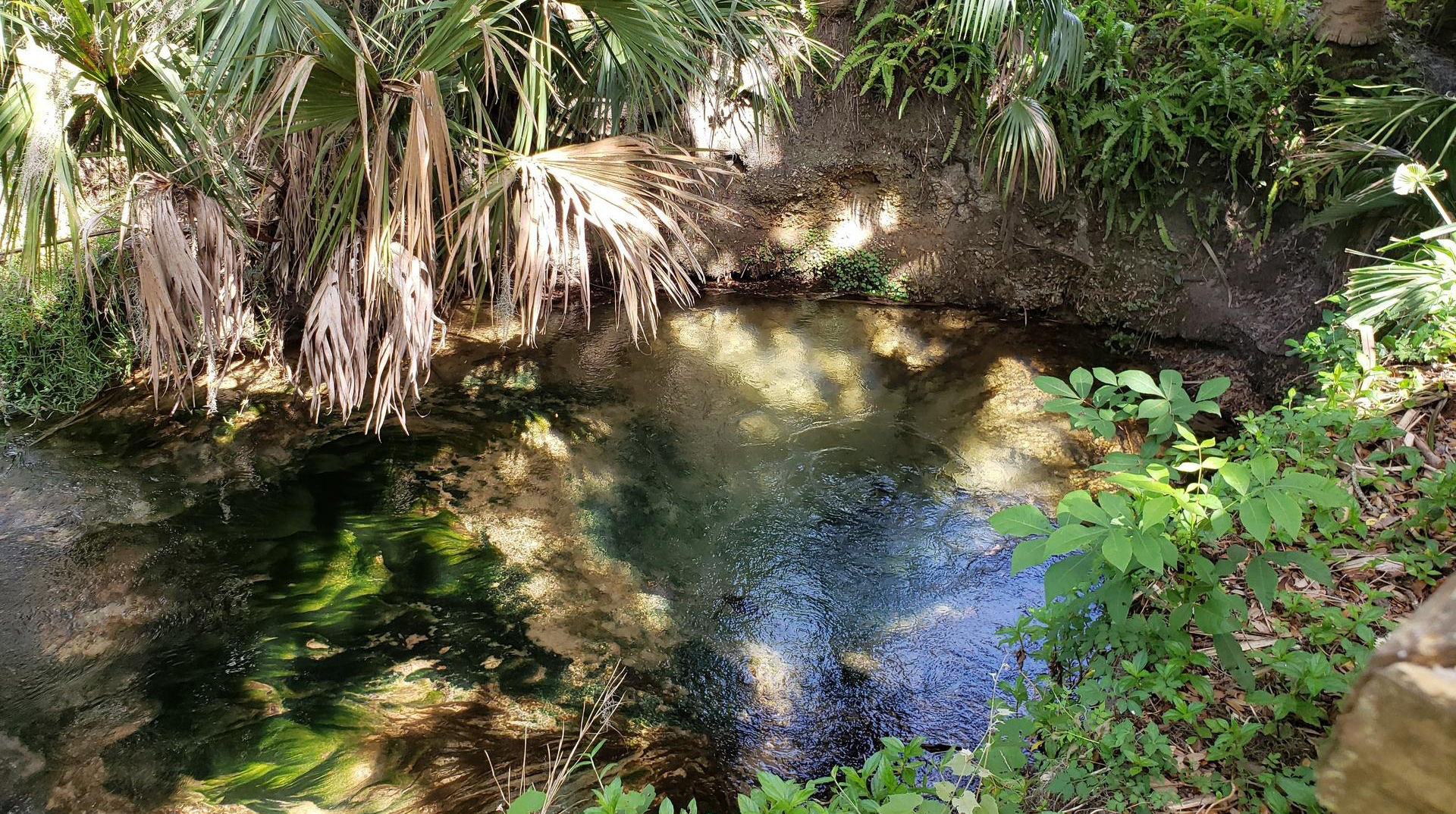
Coastal Contamination
IN THE SERIES: SEPTIC CRISIS | SAVING THE SPRINGS | DELTONA TANKS | COASTAL CONTAMINATION | COMPLEX AND COSTLY
Years ago, as a Boy Scout, Dwight Selby learned this maxim: Leave your campsite better than you found it.
"I don’t think we do that now with the Halifax River and the Intracoastal Waterway," said Selby, an Ormond Beach city commissioner and Eagle Scout. "The water quality is getting worse and it's because of us."
Tens of thousands of septic tanks lay buried along Volusia County's entire east coast. Many are decades old. Many are in sensitive areas with porous soils that do little to treat the pollutant-laden water that flows from the tanks and into the groundwater and nearby waterways where residents boat, fish and swim.
In Volusia County, the septic tanks that pollute more than any of the others are the ones serving the densely clustered homes along the North Peninsula in Ormond-by-the-Sea, according to a 2013 study by the Florida Department of Health in Volusia County. The tanks were ranked worst of the more than 100,000 tanks in the county based on their location and proximity to each other in relic sand dunes.
The tanks discharge "untold amounts" of nitrogen and other pollutants into groundwater that flows to the Halifax River, said Selby. "We know that even a properly working septic tank doesn't pull out the nitrogen."
He would love for Ormond Beach and the county to work together to come up with a plan to address the septic tank discharges in the river. The Halifax is one of many waterways in Florida considered "impaired" by the state. The Halifax was labeled impaired nearly a decade ago because of high levels of chlorophyll, which comes from algae that feeds off nitrogen.
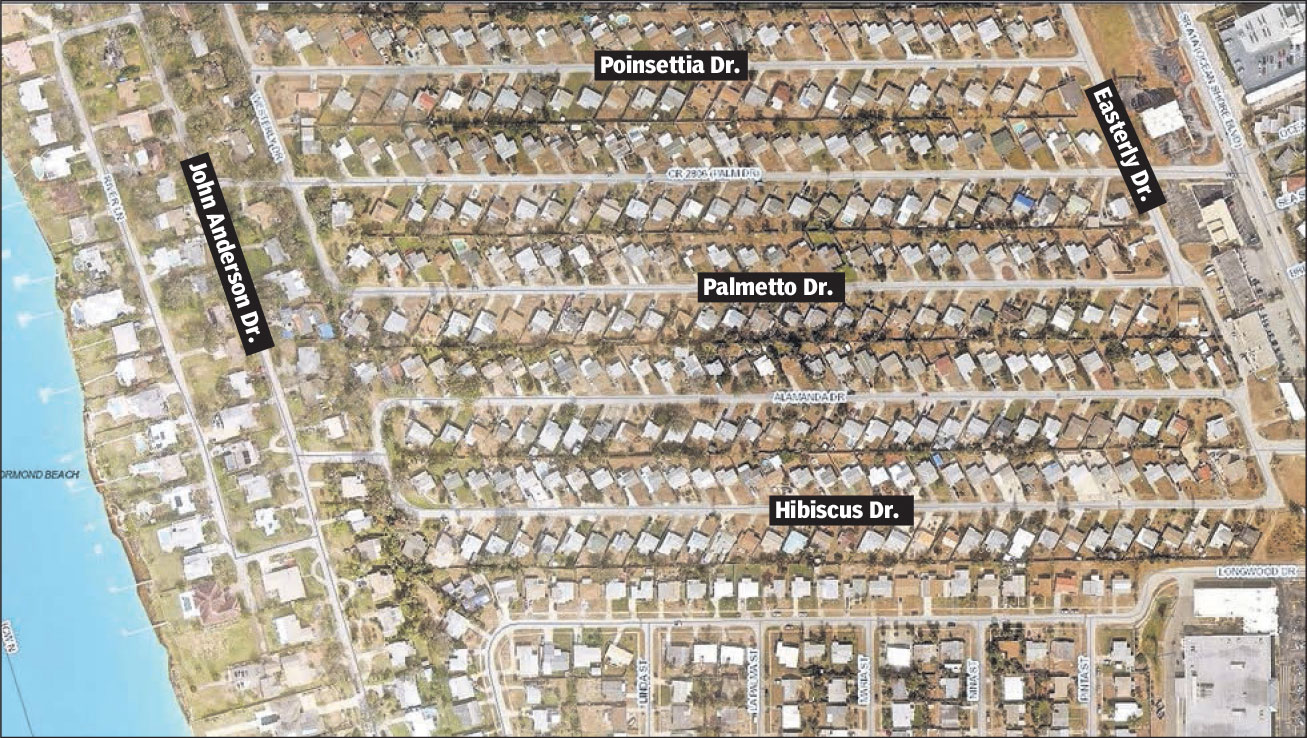
Like much of the rest of Florida, local governments are trying to figure out how to redirect the flow of pollutants, as well as addressing issues such as the discharge of treated municipal wastewater to the river. Eliminating or upgrading the septic systems won't be easy. It's expensive, politically unpopular, and replacement with city sewers is complicated, often requiring upheaval in a neighborhood for weeks while new pipes are laid and roads are repaved. In some areas, new tanks continue popping up at a rapid pace, even while other areas try to eliminate tanks.
Ormond Beach is poised to take the first step in a long-discussed effort to address some of the septic tanks in Ormond-by-the-Sea. The City Commission has placed a design study in its strategic plan to look at what it would take to replace tanks along 10 streets immediately north of the city limits.
Several other east Volusia County cities, with varying degrees of success, have made strides toward eliminating septic tanks and hooking homes up to sewer.
[READ MORE: Brevard County is tackling septic tanks]
However, new septic tanks are also being installed. Among the cities in eastern Volusia County, New Smyrna Beach had the most new septic tanks installed over the past five years, 257. Ormond Beach was second with 150 new septic tanks. Some of them have the newer, advanced, nitrogen-reducing features, but many are simply traditional septic tanks.
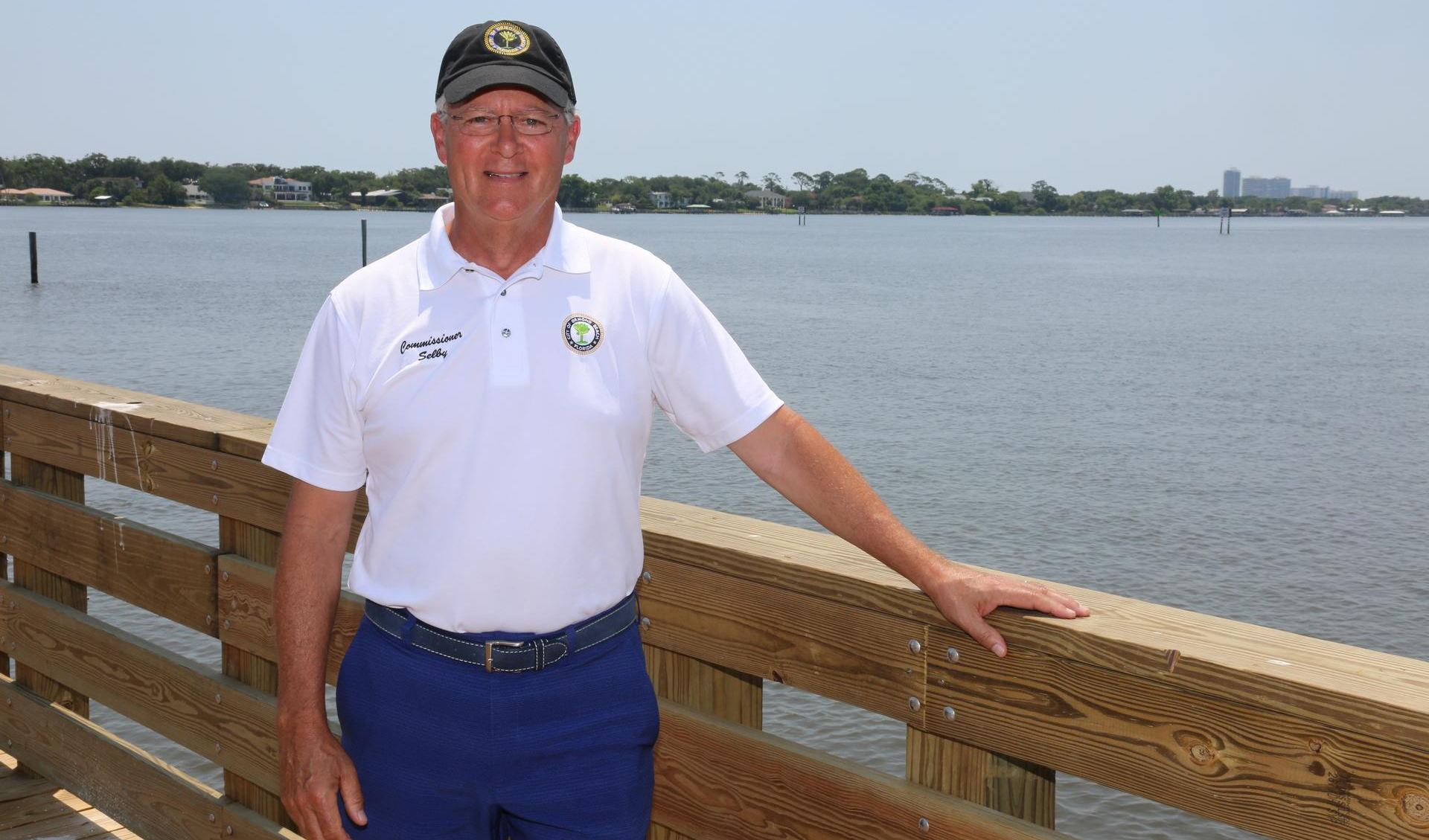
Cities struggle with septic to sewer
Daytona Beach leads in the number of septic tanks eliminated between 2013 and mid-2018, with 143, according to permits required by the Florida Department of Health in Volusia County when a septic tank is abandoned or decommissioned. Port Orange is second with 109.
Daytona Beach spokeswoman Susan Cerbone said most of the city now has sewer available. Residents connect at their own cost, she said, when their septic tanks fail.
South Daytona has converted 35 homes to city sewer this year, in a two-year program to convert 200 homes, said Jeanne Willard, city spokeswoman. The city was able to leverage a series of grants, raising almost $800,000 from the Florida Department of Environmental Protection, the St. Johns River Water Management District and a community development block grant.
Thanks to the grants, a city contractor is doing the conversions at no cost to the homeowners, locating and abandoning the tank and connecting the home to city wastewater lines.
It's "a huge savings" for residents because the city estimates the cost of conversion would otherwise run upwards of $6,000, said Willard. "We have had a tremendous response from our residents."
South Daytona native Jason Watkins didn't plan to hook up to city sewer. He liked having his own septic tank and no monthly wastewater bill. But given the choice of hooking up for free now, having to replace his septic tank at some point in the future at his own expense, or being required to pay out of his own pocket at some point in the future to hook up, Watkins said he chose to do it now.
So in early May, he was among a group of residents who watched as trenches were dug in their yards and pipes laid to hook into the city's sewer system.
The city continues looking for additional grants, Willard said, so the program could be expanded if more residents are interested.
Other cities haven't been as successful.
Ponce Inlet put together a 12-project list in 2009 to convert hundreds of homes from septic to sewer. Nine of those projects — converting some 430 homes to sewer — remain uncompleted.
Last year, the city applied to the water management district for a grant to convert 172 homes to sewer. But, the city wasn't eligible under the district's rules because it had not completed the required engineering work.
Town Manager Jeaneen Witt said Ponce doesn't have the $200,000 needed for the engineering. So for now, the project is tabled.
The grant application process is expected to get even more competitive in the future, utility officials said, as more local governments begin their own septic tank conversion projects.
In Oak Hill, Mayor Doug Gibson has worked for years to try to draw attention to the hundreds of septic tanks leaching nitrogen into Mosquito Lagoon. Septic tanks were among the sources of the nitrogen blamed for spawning a series of algae blooms in the Indian River Lagoon system over the past eight years, including massive blooms that killed thousands of fish and acres of sea grass in 2011 and 2012.
Many of the tanks were installed before the state imposed any standards and the drain fields are likely submerged in groundwater for at least part of the time each year, said Gibson and Jason Evans, a professor at Stetson University who works with cities along Florida's coast on infrastructure issues related to sea level rise. As sea levels continue rising along the coast, Evans and others say it's likely groundwater will infiltrate even more septic tank drain fields.
Gibson wants to put together a program to move some of the tiny mobile home parks and RV parks off septic tanks along Mosquito Lagoon. This year the town has received a grant from the Indian River Lagoon Council and appears to be in line for legislative funding as well. Gibson couldn't be happier.
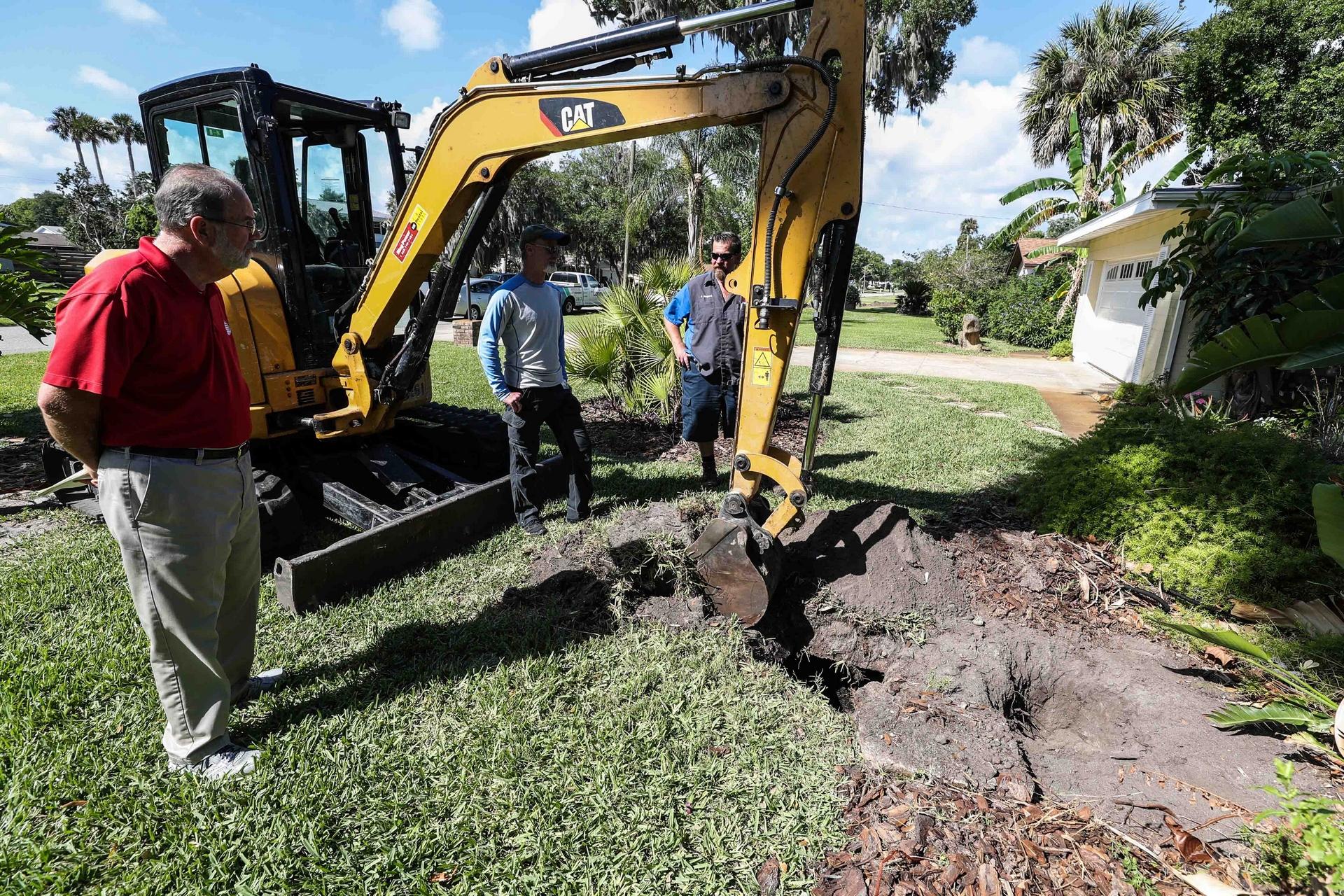
A sea of tanks in Ormond-by-the-Sea
Selby would love to get Ormond Beach in position to petition the legislature for money later this year to extend sewer northward into Ormond-by-the-Sea.
"If Ormond Beach doesn’t do this, nobody else will do it," he said. "But at the end of the day if I can’t get three votes, it’s done, it doesn’t happen."
From time to time over the years, city and county officials discussed trying to do something to get the homes along the North Peninsula in Ormond-by-the-Sea off tanks and onto city sewer. The community is in unincorporated Volusia County but the county does not have sewer available in the area. Instead, Ormond Beach provides water to all the homes north of Plaza Drive, from State Road A1A to John Anderson Drive.
Peggy Farmer, a long-time Ormond Beach resident, only recently learned about the 2013 health department report on septic tanks and the poor scores in Ormond-by-the-Sea.
"This is not good for the river," said Farmer. She's hoping Selby will be able to get a project going on the North Peninsula, but it won't be easy and it would certainly be expensive.
It would also take buy-in from the homeowners, who so far say they haven't been approached by anyone with a plan or even a community discussion.
Ormond-by-the-Sea residents say it's time they were part of the discussion.
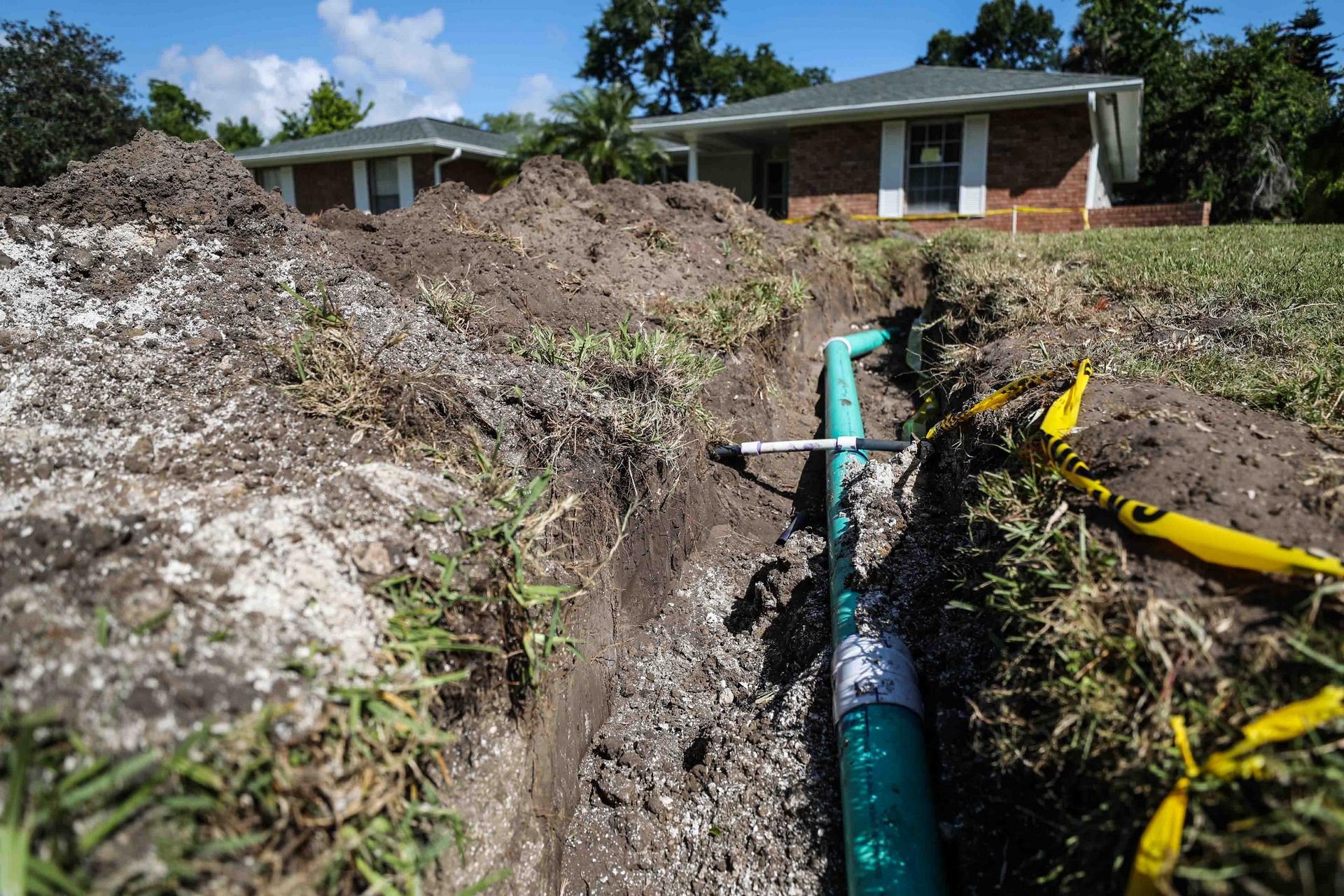
The residents didn't know the city was considering a design study. The $1 million study — to develop a plan for expanding the city's sewer system northward from Plaza Drive along 10 streets and 702 homes — was in a strategic plan approved in May by the Ormond Beach City Commission. The study still must be approved by the City Commission in the capital improvement plan.
All the unincorporated community's residents know is what they've read in the occasional news story from a city commission meeting or speculation on social media, said Melissa Lammers, an environmental advocate who lives in the home she grew up in, a short walk from the Atlantic Ocean.
"We know there are good reasons to move us on to sewer," Lammers said. "Mentions are made at meetings, but there's no one saying here's a plan and here's what it may cost you per house."
Residents have been very concerned by some of the numbers being thrown around, she said, such as the potential cost of $15,000 to $20,000 per home for city sewer.
Those numbers are what it would cost a utility to extend sewer lines into a community and repave streets, not what it would cost residents to hook up to sewer, but Lammers points to the misinformation about the numbers as an example of the problem.
The cost to hook up an individual home ranges around $5,000-to-$6,000. Like South Daytona, some utilities have been able to get grants to cover all or part of the cost, or in some cases arrange long-term loans that sewer customers pay back in monthly or annual payments.
The community needs explanations "of what's causing the pollution, why it matters, what we can do about it and what it's going to cost me," Lammers said. "They're thinking 'I can't afford to connect to sewer.' But I know plenty of people who do want to connect to sewer."
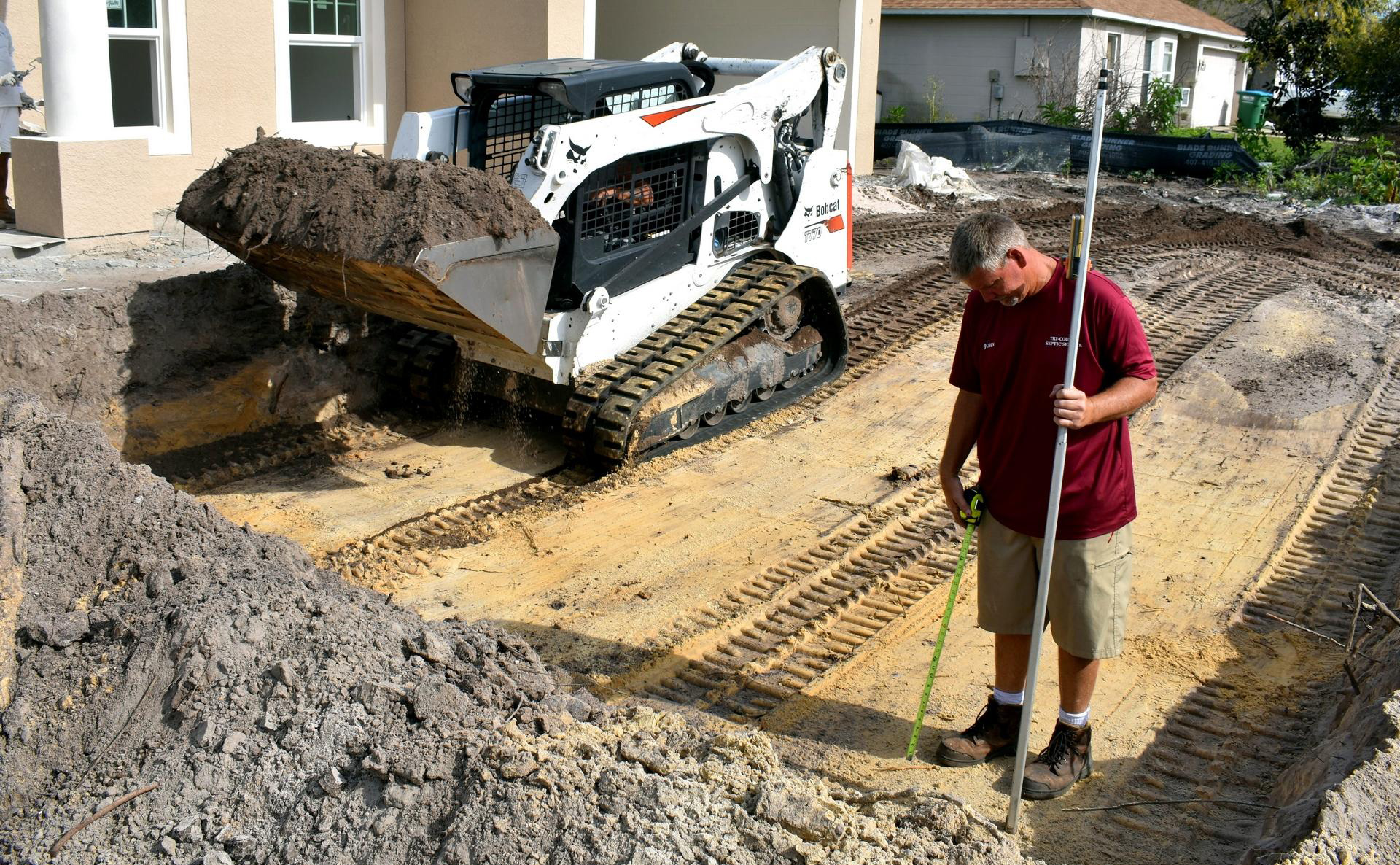
Rob Bird, an Ormond-by-the-Sea resident for 21 years, thinks it's "an excellent idea" to convert the neighborhood to sewers.
Not all of the neighborhood agrees, Bird said, but he thinks more residents would be amenable if grants helped pay for it.
"People have a primary fear that they will be socked with up front costs," he said. "Among the fears, that's the one they mention most."
That's exactly why Lisa Woodfin said she's opposed to giving up her septic tank.
"There's a big difference between a bill for sewer and water and a water bill when you have a septic tank," said Woodfin, a 30-year resident of Ormond-by-the-Sea. Her current water bill is $20 a month.
"I don't want sewer," she said. "I want to keep my septic tank. It's more economical for me."
The more customers connected to Ormond Beach's city sewer system, the more economical it would be for everyone, said Gabe Menendez, the city's public works director. The ballpark estimate for extending the city's sewer lines to the 10 streets in Ormond-by-the-Sea is an estimated $6 million, about $8,279 per home, Menendez said. That does not include the cost of hooking each individual home to sewer.
The city could not force residents to hook up, said Menendez. But, in some cases, grants require a utility extending sewer into a community to have agreements with a certain percentage of homeowners who have committed to hook up to the new sewer lines. Otherwise, it's too expensive a gamble to spend the money and just hope people agree to hook up.
The city has "plenty of capacity" in its wastewater treatment system to handle the potential new customers, through at least 2035, said Menendez.
Selby said the reality is the North Peninsula residents are already city customers because they're on the water system.
"This is one thing we can to do to make a long-term lasting improvement," he said.
Expanding the sewers would still require a vote from the City Commission, and several commissioners earlier in the spring expressed hesitation at spending money outside the city limits, even though the sewer customers would bring revenue into the city utility. When the commission was discussing tentative plans for the proposed sales tax, Mayor Bill Partington and commissioners Troy Kent and Rob Littleton said they'd rather focus on converting the more than 500 septic tanks in scattered enclaves inside the city limits.
In an interview with The News-Journal, Partington pointed to that discussion and others as “an indication that the majority of the commission wanted to focus on some of the areas in Ormond Beach that are still not on the sewer system yet and maybe do those first.”
Partington said he thinks Selby might be a year too soon in looking for support for the design study in Ormond-by-the-Sea. If the city looked to 2020 or 2021 to start, he said, it would give Selby time to work on putting partnerships together with the state, federal and county governments. He fears the design study might be considered "too old" if it's done and the city can move forward for a couple of years.
“From a financial perspective it would be much less expensive to do those homes first, almost as a pilot project or starter project,” he said. “Then looking to the future I don’t think there’s any strong opposition to moving up to Ormond-by-the-Sea.”
Selby is confident the city could get state money to assist with the conversion. A design plan would put the city ahead of the game in seeking those state and federal funds, he said.
"Every dollar that we can get from a financial parent is one less dollar that the residents have to pay," he said. He hopes to make the conversion from septic to sewer "as affordable as possible, and as painless as possible."
"I'm pretty confident there's human fecal matter in the Intracoastal Waterway that's coming from our septic tanks," he said. "We have a duty to fix this, not just for ourselves, but for our kids and grandkids."
About This Series
DAY ONE: Hundreds of thousands of septic tanks leak nitrogen into Florida's water supplies, helping fuel algae blooms.
DAY TWO: Restoring water quality in the area's springs will require removing or upgrading thousands of septic systems.
DAY THREE: Deltona has more than 23,000 septic tanks. "No forced sewers" campaign is colliding with Blue Spring restoration.
DAY FOUR: Cities on the east side of Volusia grapple with septic tanks along Mosquito Lagoon and the Halifax and Indian rivers and the damage they may be causing.
DAY FIVE: Paying to convert septic tanks to sewer is no easy — or cheap — task.
